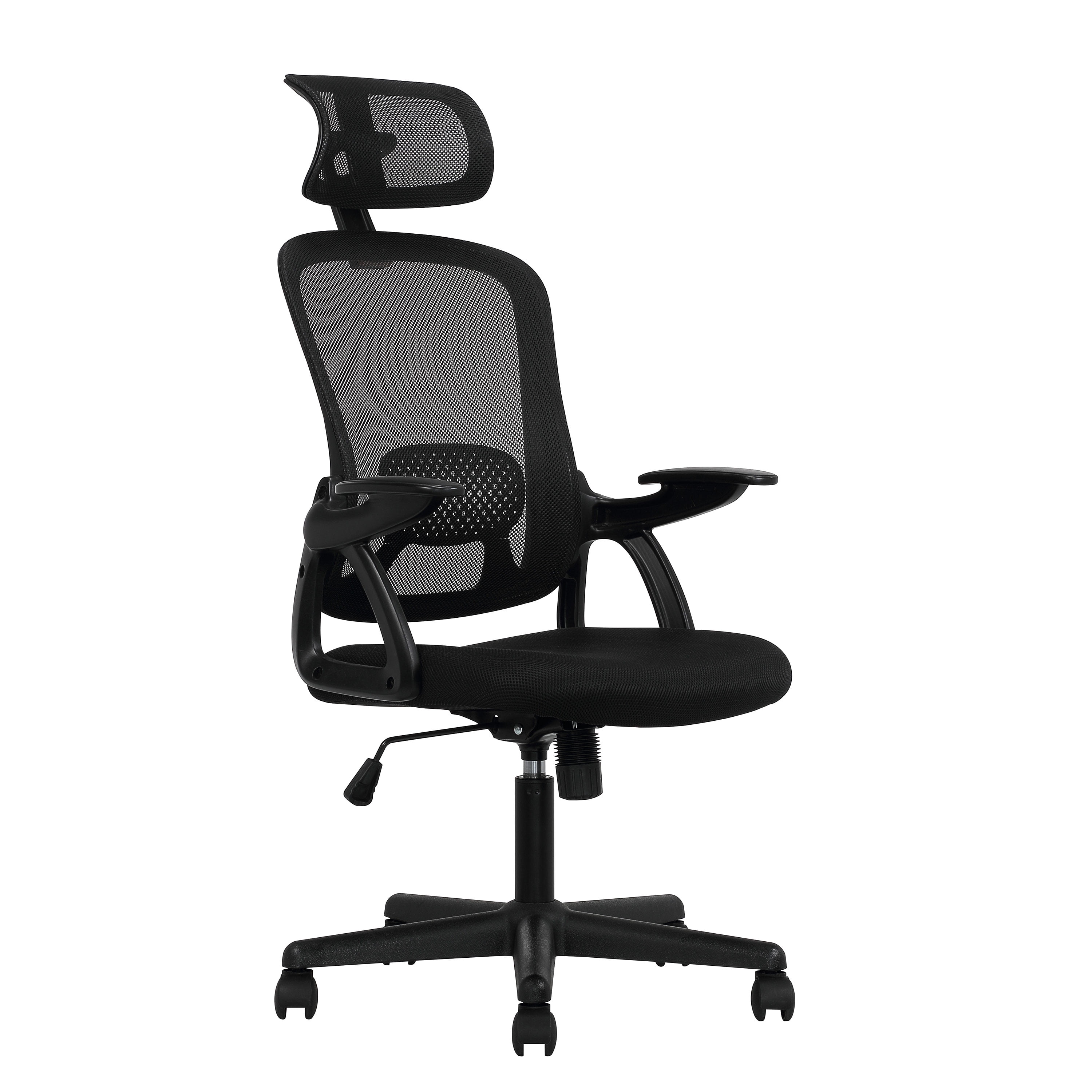Types of Sewing Chairs and Their Suitability: Best Type Of Chair For Sewing

Okay, so you’re ready to level up your sewing game, but your current chair is giving you more back pain than perfectly placed stitches? Let’s ditch the wobbly dining chair and find the perfect throne for your crafting kingdom. Choosing the right chair can be the difference between a productive sewing session and a trip to the chiropractor. We’re diving deep into the world of sewing chairs, so grab your favorite beverage and let’s get comfy.
Best type of chair for sewing – Selecting the right sewing chair is crucial for maintaining good posture, preventing fatigue, and maximizing your productivity. Different chair types offer unique benefits and drawbacks, impacting comfort and efficiency during extended sewing periods. Let’s break down the top contenders.
Drafting Chairs
Drafting chairs, with their adjustable height and often-tilted seat, are popular choices for tasks requiring precise work at a drafting table or sewing machine. Think of them as the versatile all-rounders of the sewing chair world.
- Benefits: Adjustable height caters to different sewing machine setups, the tilted seat promotes good posture by keeping your spine straight, and they’re often quite comfortable for extended periods.
- Drawbacks: Can be pricey compared to other options, and the tilted seat might not suit everyone. Some models lack lumbar support, which can lead to backaches if you’re not careful.
- Seat Height, Depth, and Width Impact: Proper height is essential to maintain a 90-degree angle at the knees and hips. A seat that’s too deep can cause slouching, while one too shallow offers insufficient support. Adequate width prevents hip pressure.
- Ideal Features: Adjustable height and tilt, lumbar support, padded seat and backrest, sturdy base for stability.
Task Chairs
Task chairs, the ubiquitous office chair, offer a blend of adjustability and support, making them a strong contender for sewing enthusiasts.
- Benefits: Widely available and relatively affordable, they often come with adjustable height, armrests, and lumbar support, providing good overall comfort and support.
- Drawbacks: Not all task chairs are created equal. Some lack the specific features necessary for prolonged sitting required for sewing, leading to discomfort.
- Seat Height, Depth, and Width Impact: Similar to drafting chairs, proper height and depth are key for posture. A wider seat is generally preferred for comfort during longer sessions.
- Ideal Features: Adjustable height and armrests (though some sewers prefer armless for easier movement), lumbar support, breathable fabric to avoid overheating.
Kneeling Chairs, Best type of chair for sewing
Kneeling chairs, with their unique design, focus on improving posture by shifting weight to your knees and encouraging an upright position. They’re a bit more unconventional, but hear us out!
- Benefits: Promote good posture by reducing pressure on the lower back and encouraging a more upright seated position. This can be particularly beneficial for those who experience back pain.
- Drawbacks: Can take some getting used to; not everyone finds them comfortable for extended periods. Knee pain can be an issue if the chair isn’t properly padded or adjusted.
- Seat Height, Depth, and Width Impact: The knee pad’s height and angle are crucial. The seat’s depth needs to support the thighs without cutting off circulation. Width ensures comfortable knee placement.
- Ideal Features: Properly padded knee and seat supports, adjustable height and angle, sturdy construction to prevent wobbling.
Saddle Chairs
Saddle chairs, inspired by horseback riding, encourage an open hip angle and promote an upright posture. Think of them as the stylish and ergonomic option.
- Benefits: Promote good posture and can alleviate back pain by keeping the spine aligned. They can also improve circulation.
- Drawbacks: Can be initially uncomfortable; requires some adjustment period to get used to the unusual seating position. Not ideal for those with certain hip or leg conditions.
- Seat Height, Depth, and Width Impact: Proper height ensures the feet are flat on the floor and the hips are at the correct angle. The seat’s depth should be comfortable for the thighs, and width needs to allow for proper hip positioning.
- Ideal Features: Adjustable height, comfortable padding, sturdy base for stability, and breathable material.
